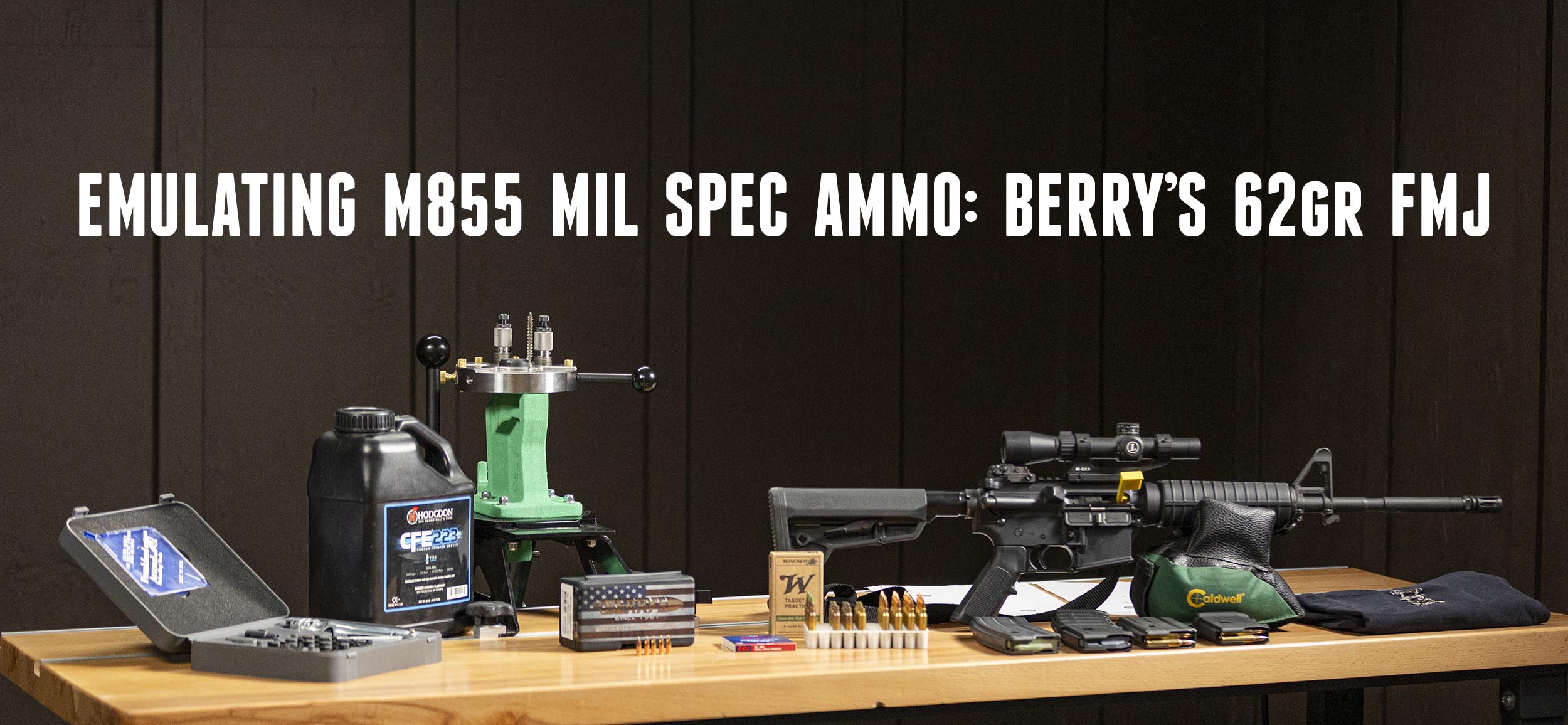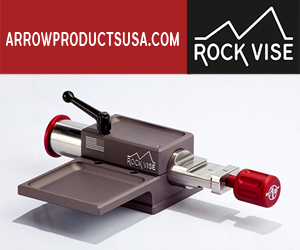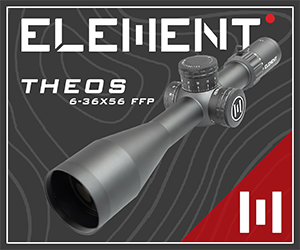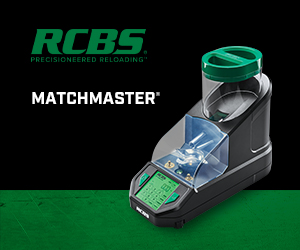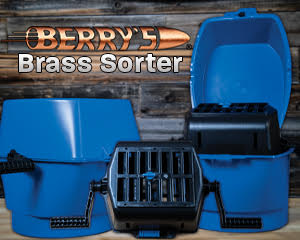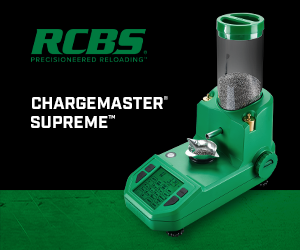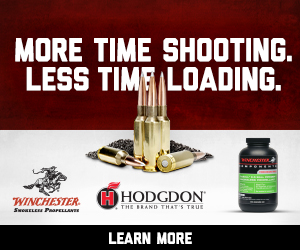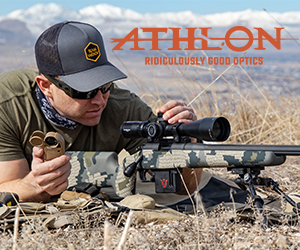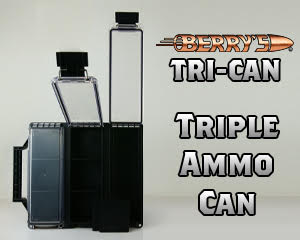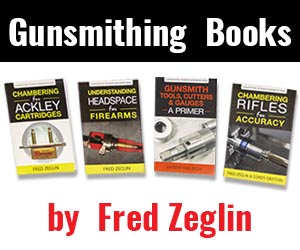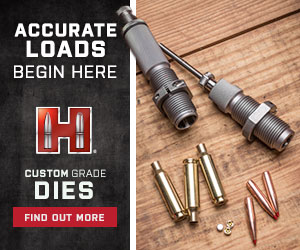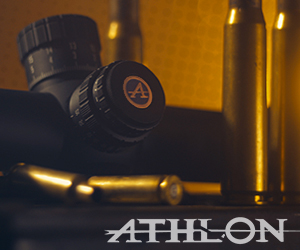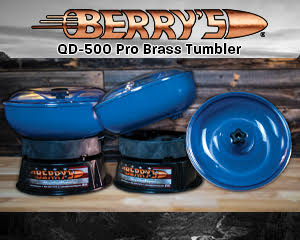I’ve spent many many hours with the AR-15 through decades of military and law enforcement experience.
Disclaimer
Ultimate Reloader LLC / Making with Metal Disclaimer: (by reading this article and/or watching video content you accept these terms). The content on this website (including videos, articles, ammunition reloading data, technical articles, gunsmithing and other information) is for demonstration purposes only. Do not attempt any of the processes or procedures shown or described on this website. All gunsmithing procedures should be carried out by a qualified and licensed gunsmith at their own risk. Do not attempt to repair or modify any firearms based on information on this website. Ultimate Reloader, LLC and Making With Metal can not be held liable for property or personal damage due to viewers/readers of this website performing activities, procedures, techniques, or practices described in whole or part on this website. By accepting these terms, you agree that you alone are solely responsible for your own safety and property as it pertains to activities, procedures, techniques, or practices described in whole or part on this website.
My Personal History with the AR-15/M16
The .223/5.56 cartridge and I have a long history between my time in the Marines and my career in law enforcement. I started shooting AR-15’s in the 1970s.

When I started in the Marines, we were issued M16A1 rifles and used M193 ammunition with 55 grain FMJ bullets. Within a few years, we had transitioned to the M16A2 which had better sights as well as a heavier 1:7 twist barrel. With this change, we moved to 62 grain M885 ammunition. The new rifle and ammunition combination performed better, particularly at longer ranges. Our annual qualification scores jumped up. I earned 11 consecutive Expert awards in the 1980s Marine Corps and spent 12 years of my 20 years in law enforcement on the SWAT team.
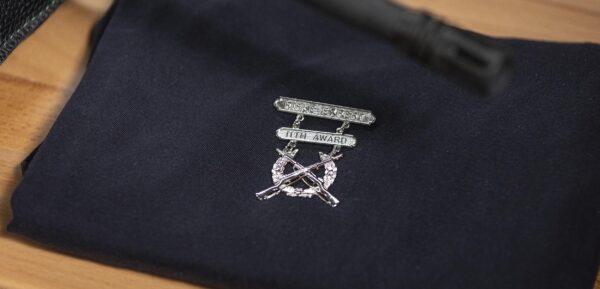
In law enforcement I became a Patrol Rifle Instructor and helped get AR-15 rifles into our patrol cars. I also carried various AR-15, M4 and M16 rifles while on SWAT.
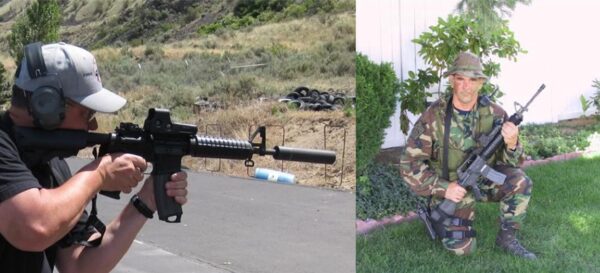
All of this experience only added to the foundation of tactical rifle skills and knowledge that had started in the Marines. I also enjoy marksmanship and teaching, holding my NRA rifle and pistol instructor certifications as well as my patrol instructor and Jeff Hall instructor certificates.
About Berry’s .224 62 Grain FMJ Bullet
Berry’s is best known for their extensive line of plated bullets intended for handgun and modest velocity rifle ammunition. Recently, Berry’s introduced a pair of FMJ .224” bullets, first the 55 grain bullet and now the 62 grain bullet.
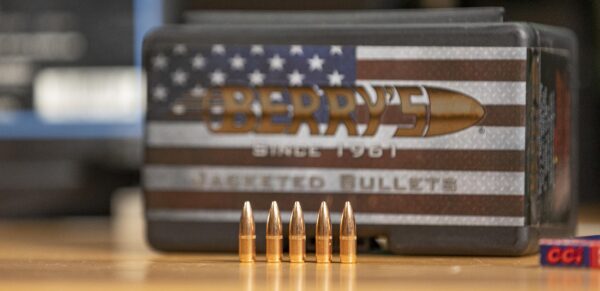
These have an actual gilding metal jacket in which a lead core is inserted. We’ve previously used Berry’s 55 grain .224 FMJ, this time we’re loading the 62 grain FMJ, an affordable bullet designed to emulate the projectiles in M855 ammunition.This inexpensive bullet is available in bulk quantities for those who want to do a lot of handloading for their .223/5.56 AR-15 rifles. My bullets came in a 500 round box, but they’re also available in 5,000 bullet containers from Berry’s.
From Berry’s:
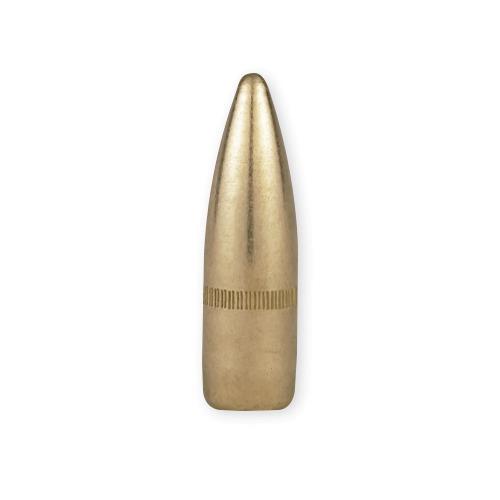
Our .223/5.56mm 62gr Full Metal Jacket Boat Tail bullets come with the most consistent jackets and are built around the tightest tolerances, making them the go-to round for the modern 5.56mm/.223 reloader. Available now in our 500 and 5000 round packaging at amazing prices!
Diameter: .224″
Bullet OAL: .810″
Ballistic Coefficient: .276
Sectional Density: .177
The 62 grain Berry’s FMJ bullet occupies a comfortable and useful place in the weight range of typical .224” projectiles. It’s not a lightweight like the 40 – 55 grain bullets, nor is it as heavy as the 70+ grain bullets. My 1:9 twist AR-15 stabilized these 62 grains bullets with no issues.
About M855
NATO SS 109 ammunition was introduced in the mid-1980s and is known as M855 in the US. It features a .224 62 grain FMJ bullet containing a steel penetrator.
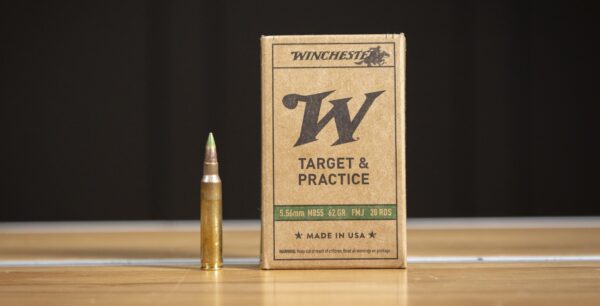
This 5.56 ammunition has proven more accurate at longer ranges than the earlier 55 grain M193 ammunition and also offers greater penetration. A driving force behind this ammunition was the need for enhanced downrange performance and penetration as NATO anticipated war in Europe with the Soviet Union.
Combat in the Middle East later revealed that the M855 performed poorly against unarmored enemy combatants. It penetrated, but often had little immediate effect, even with multiple hits. Far heavier bullets of far different design soon replaced the 62 grain.
Civilian users of the AR-15 were impressed with the improved accuracy of the faster-twist barrels and the heavier bullets. Few needed the steel penetrator of the M855. This ammunition is also particularly rough on steel targets, even damaging AR500 hardened steel targets.
Though the steel penetrator caused issues, 62 grain .223 ammunition is still quite popular. The .223 is legal for deer hunting in many states with a variety of hunting bullets in the 60 – 65 grain range available. Law enforcement agencies have also learned that the AR-15 is very effective with proper ammunition, including 60 grain and heavier expanding bullets. These use cases require specialized expanding bullets which are more expensive than a simple FMJ bullet, which is fine for target practice.
Considerations for FMJ Bullets
A FMJ bullet, even without the M855’s steel penetrator, can penetrate through things like house walls, brush, and more. FMJ bullets may also ricochet off hard surfaces more easily than soft nose or hollow point bullets. For safety, these things need to be considered before using FMJ ammunition.
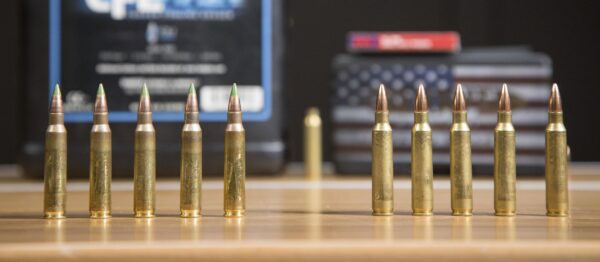
Unlike plated bullets, jacketed bullets do not have any practical upper velocity limit. They can be fired from any .224” cartridge such as the .223 Remington, .22-250, 22 ARC and others. These sturdy bullets are typically manufactured with a cannelure or crimp groove for crimping if desired.
The Loading Setup
To load the 62 grain Berry’s FMJ bullets for this article I used my own standard Redding dies on the Redding T-7 turret press equipped with the Creedmoor Sports Adaptive Press Head.
Gavin had installed the Creedmoor Sports Adaptive Press Head as an upgrade to the Redding T-7. This stainless steel masterpiece is one of those amazing pieces of gear that can be used to improve an already great press and take loading to the next level. He had last used the Creedmoor Sports Adaptive Press Head with high quality 1.25” Triebel dies to load .338 Lapua.
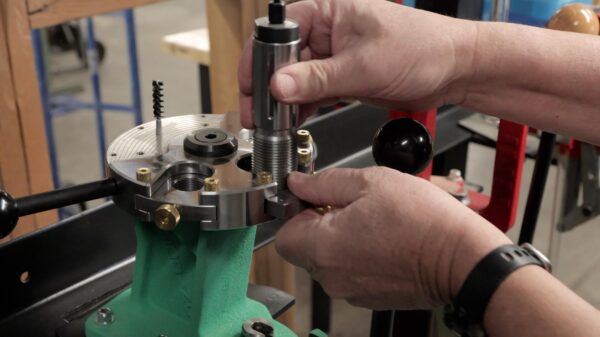
It took only a few seconds for me to pop out those 1.25” wedges and insert the standard ⅞” wedges for my Redding .223 dies. It’s worth noting that the usual lock ring can be left off the dies when using the Adaptive Press Head. The dies are held in position by thumb screws which act similarly to a set-screw but do not scar the die threads at all.
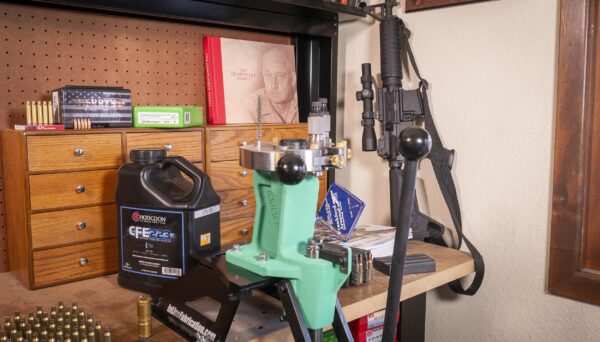
Already impressed with Redding’s T-7 turret press, I found the stainless steel Creedmoor Adaptive Press Head to be a high quality upgrade. I almost felt bad— this press is intended for crafting match-quality ammunition, not the plinker/training rounds I was assembling. The turret head moved extremely smoothly and precisely. It’s always a pleasure to use good tools, and this is a very good tool. It was also nice to be able to run the case neck over the .22 caliber nylon case brush prior to sizing.
Creedmoor Sports offers the Adaptive Press Head for those handloaders already using the Redding T-7 turret press as well as Redding T-7’s already set up with their Adaptive Press Head!
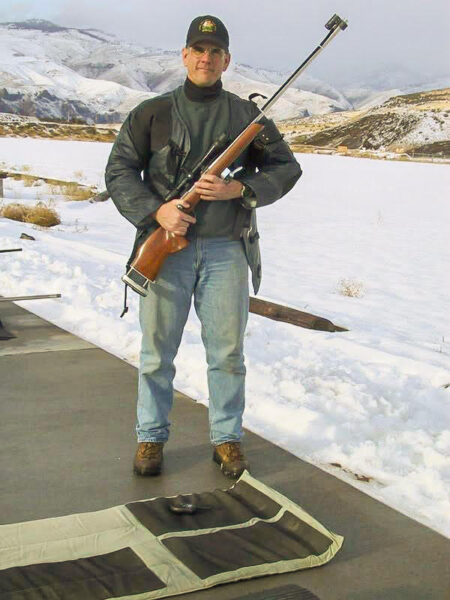
I’ve got a long history of using shooting accessories from Creedmoor Sports, primarily going back to when I was shooting High Power competition. I purchased my shooting jacket, match sling, and more from Creedmoor. It doesn’t surprise me in the least that they have added more high quality gear, such as this Adaptive Press Head, to their line of excellent products for the competition shooter.
After sizing the brass, I primed it all with Frankford Arsenal’s Perfect Seat Hand Primer. This priming tool has quickly become a favorite of mine. It’s very comfortable in the hand, works smoothly, and the primer seating depth is easily adjusted.
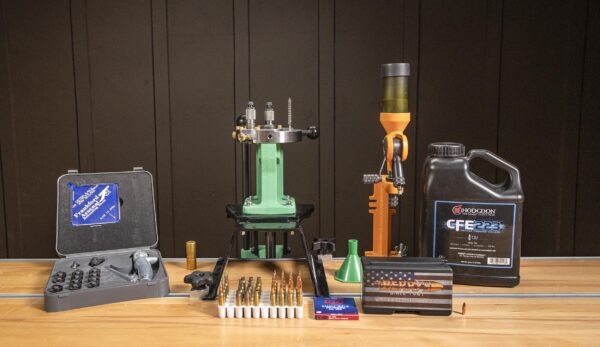
After priming, I simply threw the powder charges using a Lyman powder measure. The spherical CFE 223 flowed nicely through the measure, providing consistent charge weights. I seated the bullets with my Redding seating die. I elected to rely on neck tension to securely hold the bullets and did not crimp them.
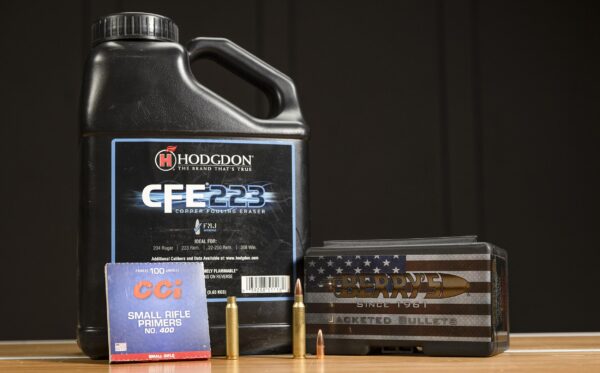
I used once-fired Winchester brass, CCI small rifle primers, 26.5 grains of Hodgdon CFE 223 and the new 62 grain Berry’s bullet —a pretty standard combination except for the new bullet. This was an effort to emulate the M855 factory ammo, but at a lower pressure and less expense while striving for better accuracy.
Firearms and Testing
Two different rifles were used to produce this article.
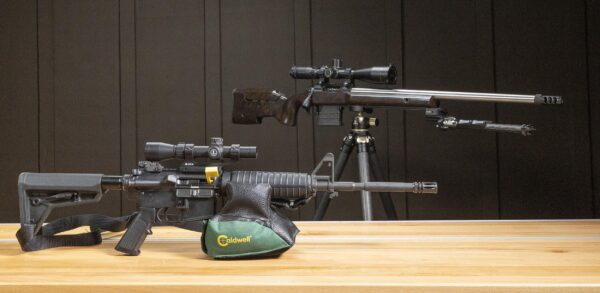
As the most popular rifle in America, I chose to use my normal run-of-the-mill 16” Bushmaster AR-15 topped by a 1.5-4x Leupold Mark AR scope for our informal steel shooting and defensive rifle drills. This rifle has served me well over the years— I even used it some during my law enforcement career. It has a 1:9 twist barrel which properly stabilized the 62 grain Berry’s FMJ bullet. It handles bullets up to 68 or 69 grains well and I often use it with 55 grain bullets.
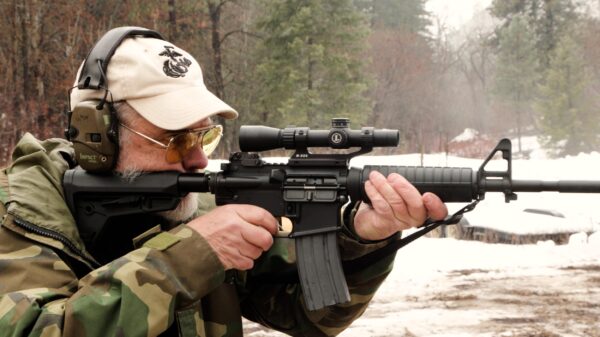
The Leupold Mark AR 1.5-4x scope lives on in Leupold’s inexpensive line of Freedom scopes. It’s proven to be very good at modest CQB distances and also offers enough magnification for coyotes at 300 yards. For our accuracy testing, we turned to Gavin’s .223 Trainer build. This rifle has produced excellent groups, often in the .1’s and even tighter with our match grade handloads or Berger’s .223 ammunition.
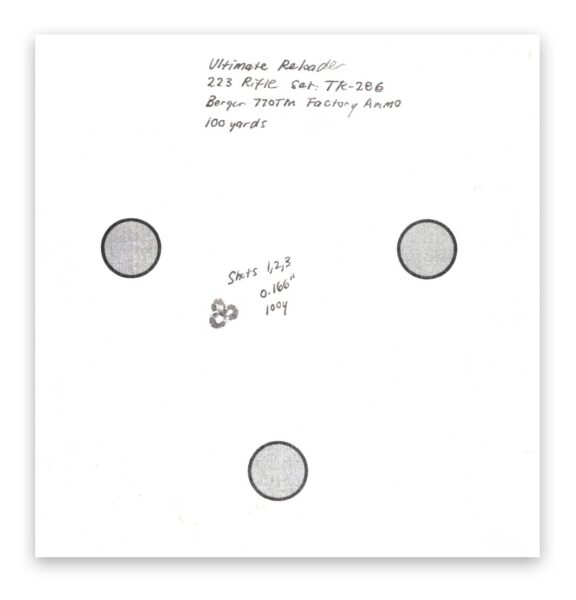
Chronograph Data
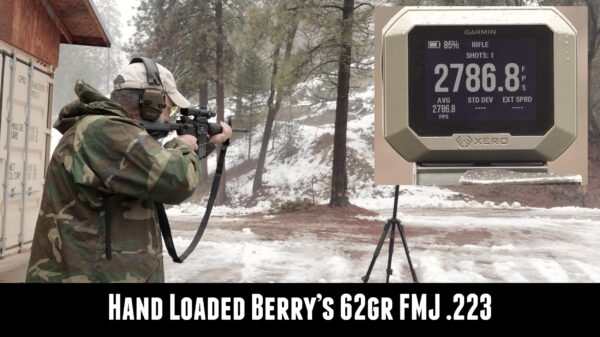
At 26.5 grains of CFE 223, my load was roughly a grain under maximum. It yielded an average velocity of 2,752.5 fps with a 55.9 ES and 19.9 SD through the 16” Bushmaster AR-15. It would have likely produced another 100 fps and tightened up those ES and SD figures if I’d pumped it up to a max load.
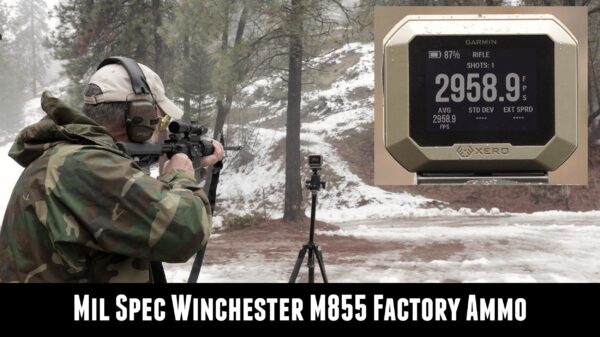
The 62 grain M855 5.56 ammunition was loaded to a higher pressure level and produced excellent velocity (average of 2934.7 fps) from the 16” barrel. The strong velocity and decent ES (43) and SD (16.3) figures are testimony that this ammo is well-designed and well-assembled by the factory.
Shooting Impressions
Both the M855 and the 62 gr Berry’s handloads shot well from my 16” Bushmaster AR-15 and were reliable and accurate enough for tactical CQB training or informal fun steel shooting at our industrial yard range.
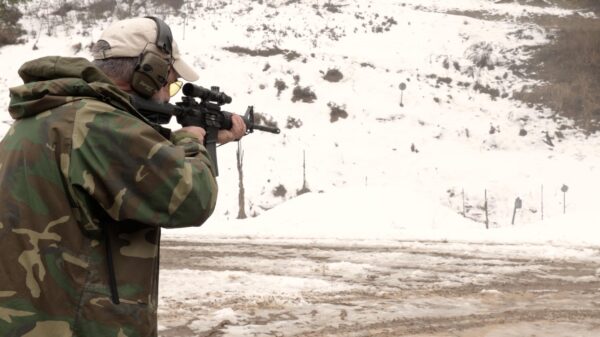
I had no malfunctions of any type with any of the ammo. As is the case with any .223/5.56 AR-15, the light-recoiling ammo was easy to shoot and control.
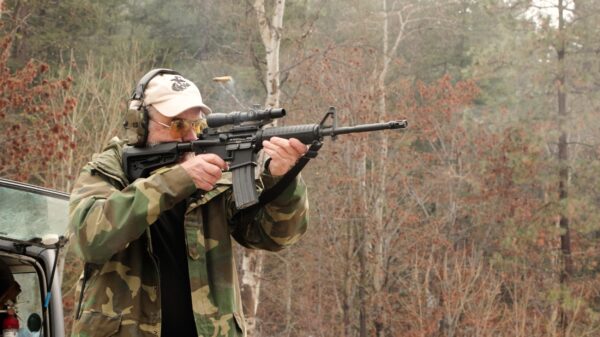
I ran my old AR-15 through a series of basic CQB drills familiar to many including transition drills, going to my .45 1911.
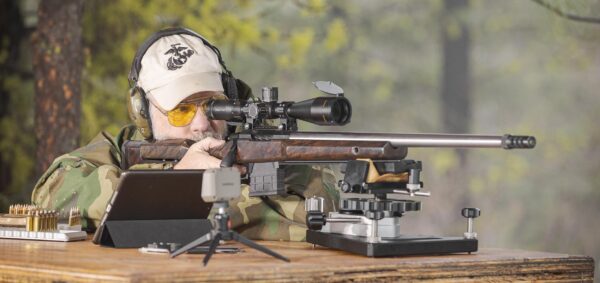
When we moved to the 100 yard benchrest, it was a bit of a surprise to see large groups from our bolt action .223 trainer rifle!
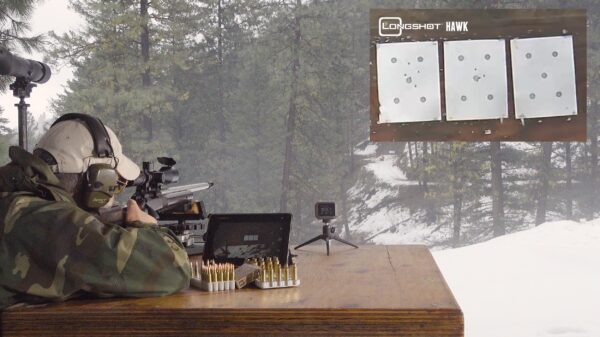
That rifle has always produced superb accuracy, usually grouping in the .2’s and lower at 100 yards. This time the M855 spread 5 shots to 3.2” at 100 yards! My 62 grain handloads tightened that up to 1.5”, cutting the group size in half.
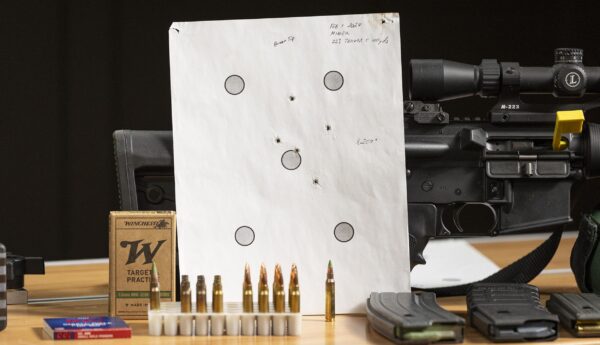
Neither of those compare with what can be accomplished with this rifle using match grade bullets and ammunition, but the results do show the 62 grain Berry’s bullet is a viable and inexpensive alternative to M855.
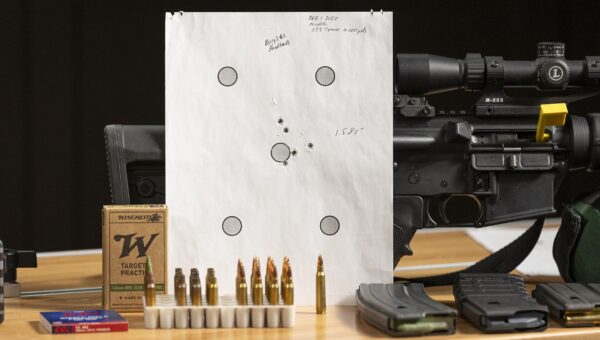
(Just to double check, Gavin and I each shot some Berger 73 grain and 77 grain match the same day from the .223 trainer. As expected, tight groups resulted.)
Reloading Economy
The real point behind these 62 grain Berry’s FMJ bullets is economical shooting. AR-15 and Ruger Mini-14 owners tend to shoot a lot of ammunition. Keeping costs down is quite important.
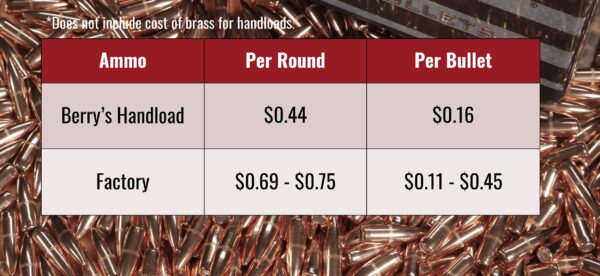
Not including the cost of the brass, as I was reloading once-fired brass, my handloads came in at $0.44 each, with $0.16 of that being the cost of the bullet. This is considerably less expensive than factory ammo, though the .223 and 5.56 FMJ ammo is still reasonably priced compared to other centerfire cartridges. I suspect that when retailers like Midsouth Shooters Supply start selling the 62 grain FMJ Berry’s bullet, the cost of the bullet may be even lower.
Conclusion
The inexpensive 62 grain Berry’s FMJ bullet is a fine substitute for the 62 grain military bullet found in M855 ammunition. It also offers better accuracy and causes far less damage to steel targets. Our AR 500 steel targets had “divots” pounded into them by the M855 ammunition, but the 62 grain Berry’s left no penetration marks on those targets.
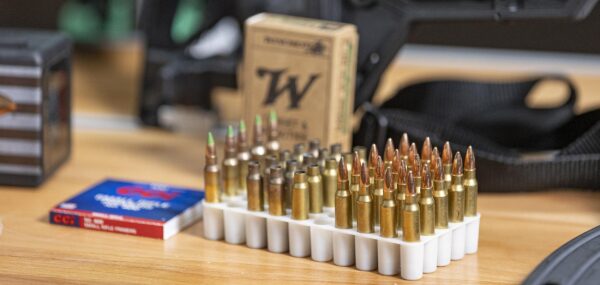
I could see using this bullet for my AR-15 CQB training, even out to a couple hundred yards. It would also work fine from a light and handy bolt action field rifle. Berry’s deserves kudos for adding this heavier bullet option to their expanding line of FMJ bullets and offering it in quantity for handloaders.
Get the Gear
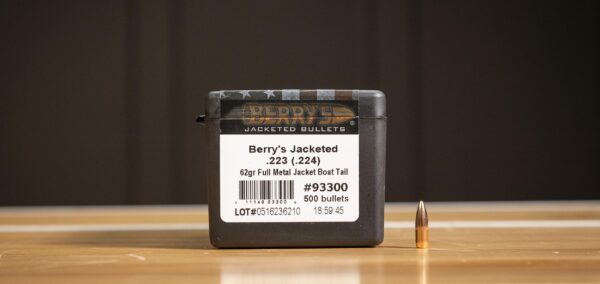
Berry’s 62 Grain FMJ BT Bullets
Berry’s offers a choice of 500 or 5,000 of these bullets.
Hodgdon CFE 223 at Midsouth Shooters Supply
CCI Small Rifle Primers at Midsouth Shooters Supply
M855 at Midsouth Shooters Supply
Creedmoor Sports Adaptive Press Head for the Redding T7
Creedmoor Sports T-7 Adaptive Press
Frankford Arsenal Platinum Series Perfect Seat Hand Primer at Midsouth Shooters Supply
Leupold VX-Freedom 1.5-4×20 MOA-Ring
Leupold VX-Freedom 1.5-4×20 Pig-Plex at Midsouth Shooters Supply
Don’t miss out on Ultimate Reloader updates, make sure you’re subscribed!
Thanks,
Guy Miner
